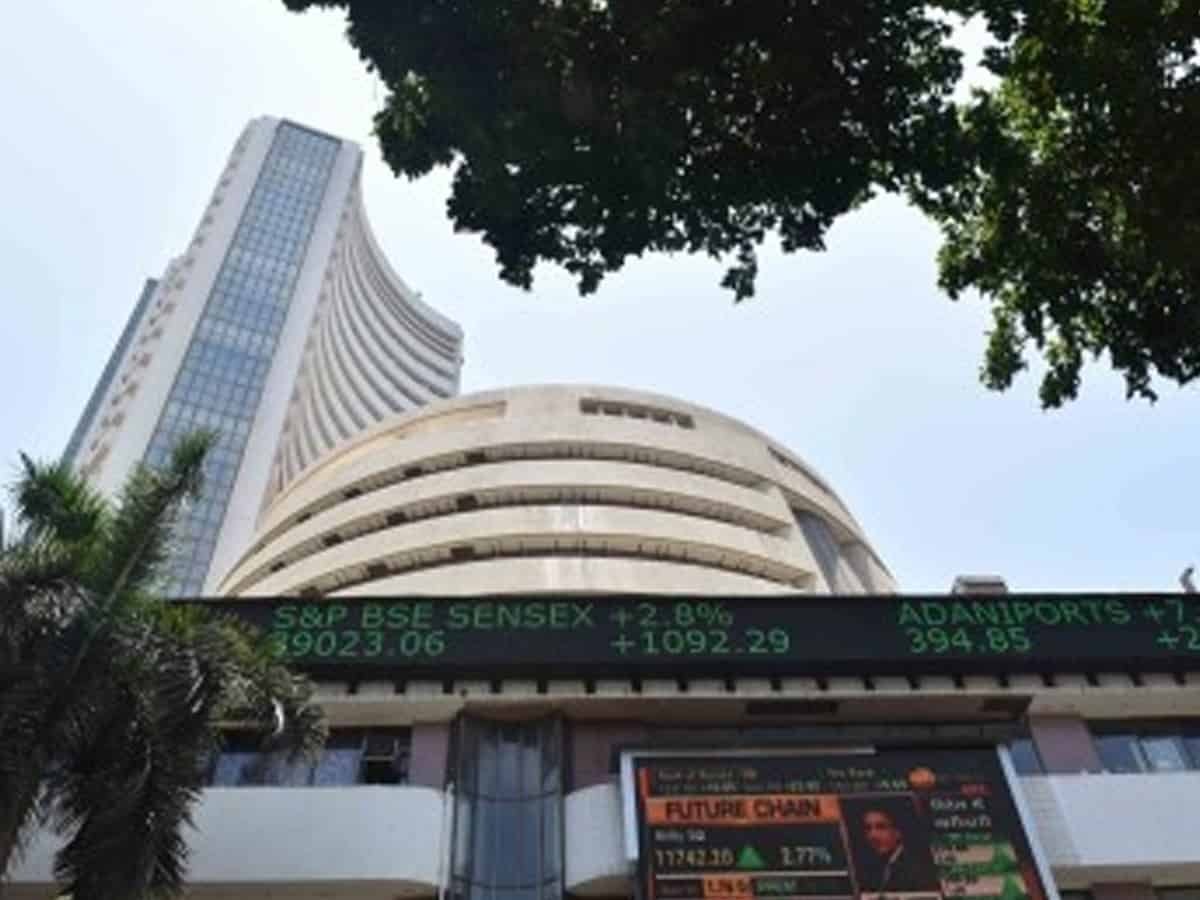Mumbai: Continuous foreign fund outflows as well as concerns over impact of the new variant of Covid-19 on growth, dragged India’s key equity market indices into the red on Monday.
Besides, reports of IT notices to some global fund houses have also subdued investors’ sentiment.
Notably, on last Friday, the FIIs sold stocks worth Rs 3,356.17 crore on the BSE, the NSE and the MSEI in the capital market segment.
Globally, shares were mixed in Asia on Monday after troubled Chinese property developer Evergrande warned late Friday it may run out of money.
However, European stock markets climbed higher on Monday, struggling off concerns about the Omicron Covid-19 variant.
On the domestic front, IT, Telecom, Auto, Realty, Healthcare, Oil & Gas and FMCG indices fell the most.
Consequently, the barometer 30-scrip S&P BSE Sensex fell by a massive 949.32 points or 1.65 per cent to 56,747.14 points from its previous close on Friday.
Similarly, the broader 50-scrip Nifty closed at 16,912.25 points, down by 284.45 points or 1.65 per cent from its previous close.
“Nifty continues its downward trend and the next level of support is 16,722-16,782 band. On up moves, 17,026-17,051 could act as a resistance,” said Deepak Jasani, Head of Retail Research, HDFC Securities.
“The downtrend may be close to its end going by the number of days it has lasted so far (33). However, the upward recovery may be slow.”
According to Siddhartha Khemka, Head – Retail Research, Motilal Oswal Financial Services: “Overall, we expect market volatility to remain high until there is clarity on the impact of the new virus.”
“Also, FII selling has been pretty strong adding to the overall market weakness.”
In addition, Vinod Nair, Head of Research at Geojit Financial Services, said: “Ambiguity surrounding Omicron continued to dent the morale of domestic investors ahead of the important RBI policy announcement on Wednesday.”
“The domestic market is expected to be volatile as the near-term will be dominated by developments on new variants, RBI and US Fed policy decisions.”

